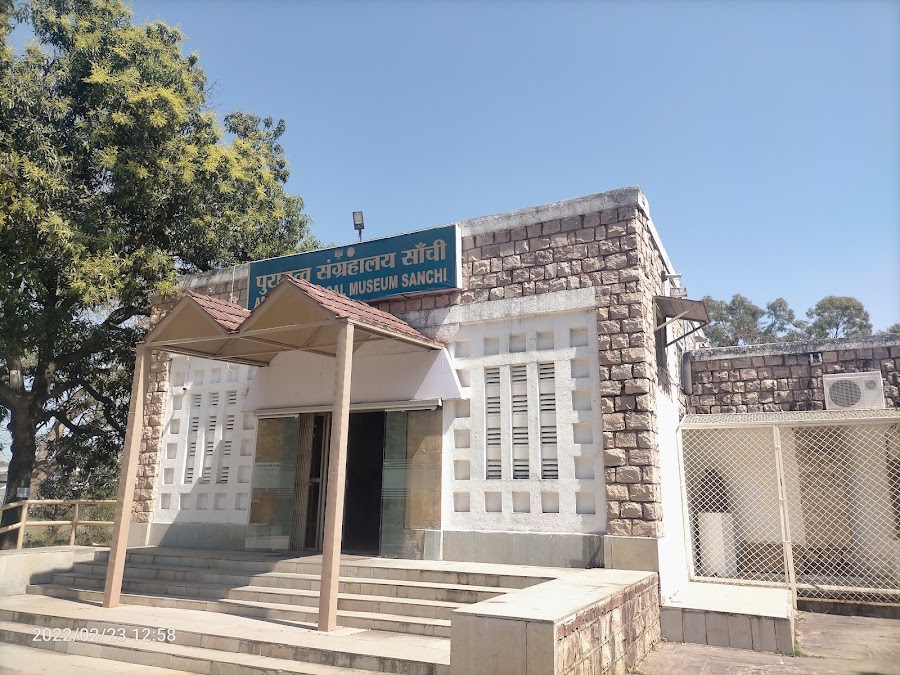
Sanchi Archaeological Museum
Sanchi, India
- Explore ancient Buddhist sculptures and artifacts.
- Learn about the history of Sanchi stupa.
- Photograph the lion capital of Ashoka pillar.
- Study the intricate carvings from stupa gateways.
Known for:
Description:
The Sanchi Archaeological Museum houses a fascinating collection of artifacts discovered at the Sanchi stupa site and surrounding areas. It offers visitors a glimpse into the rich history of Buddhism in India and the artistic achievements of the Mauryan, Shunga, Satavahana, and Gupta periods. The museum's displays include sculptures, pottery, inscriptions, and architectural fragments, providing valuable insights into the religious, social, and cultural life of ancient India. Key highlights include the lion capital from the Ashokan pillar, intricate carvings from the stupa gateways, and various Buddhist relics. The museum is a must-visit for history buffs and anyone interested in exploring India's Buddhist heritage.
History:
Established in 1919 by Sir John Marshall, the then Director-General of the Archaeological Survey of India, the Sanchi Archaeological Museum was initially conceived to house and preserve the numerous artifacts unearthed during the excavation of the Sanchi stupa complex. The collection began with items found during the early 20th-century excavations. Over the years, the museum's collection has expanded to include artifacts from nearby archaeological sites. It has played a crucial role in preserving and interpreting the historical significance of Sanchi. The museum's existence is a testament to the importance of preserving India's rich archaeological heritage for future generations.